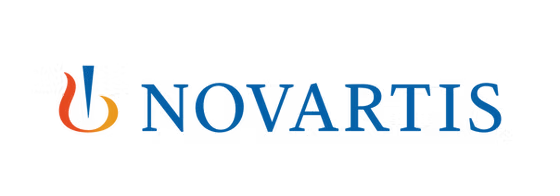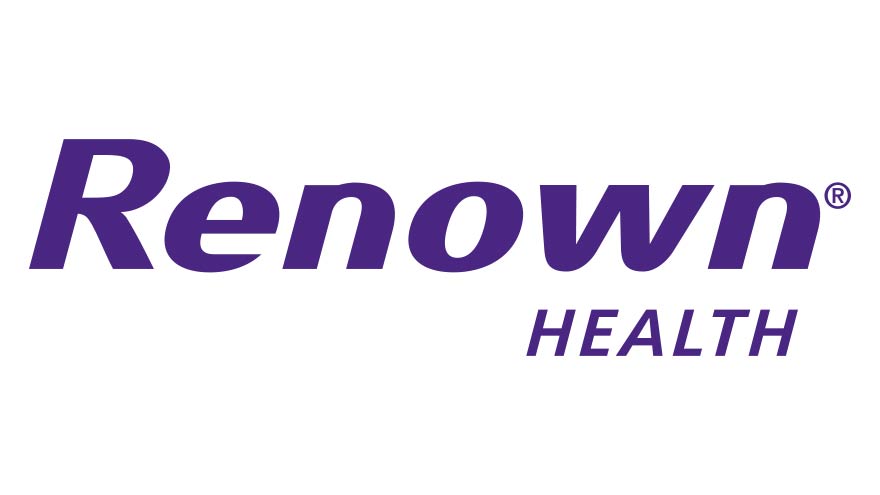
29 Nov 2022
It's no secret that the US workforce market is continuously evolving, especially in the wake of the pandemic and as millions of people have left their employment in what has been dubbed "The Great Resignation." Market analytics indicate that we may be headed in that direction once more, more than ten years after the economy had one of the worst recessions in American history.
Without a crystal ball, the recruiting sector must be ready for whatever comes next, even if that means hiring during a downturn. Even while the labor market has been solid, with unemployment being at historic lows and well below average, a potential recession would undoubtedly change the dynamics of hiring and the success of job seekers.
The power dynamic between employers and employees when hiring full-time employees (FTEs) in any sector has changed considerably over the previous three years. Every dip, spike, and aberration in the employment market was affected by the global pandemic, which created a new environment for shifting market conditions. The corporations may now have more bargaining power as long as inflationary conditions persist.
The Numbers of the Recession
A total of 13.2 million Americans, or 8.5% of the workforce, were unemployed in the US in March 2009, a rise of 694,000 in only one month. That percentage increased seven months later, reaching a recessionary high of 10.2% in October 2009.
In August 2022, after 13 years, the Bureau of Labor Statistics (BLS) reports that 315,000 new jobs were added by companies, bringing the country's unemployment rate to 3.5%. Additionally, according to the BLS, over 47 million Americans left their jobs in 2021, with 4.5 million leaving their positions in November 2021 alone (known as "The Great Resignation").
Currently, there are millions of job vacancies posted. And even if a recession may be on the horizon, the present inflation rate may tempt disgruntled people to rejoin the workforce, even while quit rates are still high.
The most recent BLS jobs statistics present a cautiously positive prognosis for economic expansion, largely due to the enormous growth over the last ten years, taking inflation, rising interest rates, and supply chain disruptions into consideration. Many workers have yet to reenter the labor despite the US experiencing one of the quickest economic recoveries in history in 2021 and unemployment rates already returning to pre-pandemic levels.
Workers who choose new responsibilities typically make substantially more money than those who choose to remain in their current positions. Workers are more motivated than ever to look into new prospects as wage constraints continue to increase. An emphasis on candidate experience and an improved "courting" procedure is also necessary for the current employment landscape.
Increasing personnel shortages and the demand for new, creative work practices have made recruiting and HR professionals' jobs more difficult. This is where putting an emphasis on creating compelling employer brand stories, utilizing digital media, creating creative collateral, and running targeted campaigns may assist create an effective talent recruitment strategy.
How to Get Ready for Hiring During a Recession
Here are some tactics to keep your approach to obtaining the talents you require fluid and successful, regardless of the nation you operate in or the economic situations you encounter that may have an impact on your ability to access and acquire excellent talent:
Focus on rewards other than pay.
Since the start of the pandemic, distant employment opportunities have skyrocketed, significantly constricting the already tight labor market. Numerous businesses now fight for talent on a national and even international level due to the abundance of employment prospects. Employers should therefore prioritize tactics for retaining and motivating their workforce. As behavioral health and well-being benefits have risen to the top of job applicants' minds, giving non-wage incentives is a crucial factor for businesses wanting to hire.
Go where the people are.
Without a doubt, a lot of job searchers are interested in remote and hybrid choices. Employers must rethink their talent strategy as Americans find new areas to live in, i.e., outside of urban markets. Companies must now adapt to the current talent shift brought on by the epidemic and meet people where they are.
Emphasize company culture.
Maintaining your attention on your employer brand protects your capacity to keep a continuous talent pipeline in addition to highlighting your organization's ideals and reminding present employees of why they first joined your business. Even though recessions are transient, you still want to maintain a strong employer brand to be able to recruit top talent long after the recession has ended.
Adopt strategies for diversity, equality, and inclusion (DEI).
Looking at DEI as a business necessity, where CEOs are genuinely and honestly committed to having diverse workforces, is one essential element to bringing a brand to life. They are open and honest about where they are now and where they want to go, and they hold their employees accountable. Do you employ specialized sourcing techniques, organized interview procedures, and ethical recruiting standards? Do you strive to create a diverse community? Can people truly see themselves in your business when they look at it? To recruit and keep talent, businesses must provide answers to these questions.
Offer a salary that is competitive.
Market-driven wages should still play a significant role in your recruitment strategy, but it's also crucial for businesses to create "sticky" roles that prevent workers from leaving for a little bit more money. Businesses should ensure that leadership is fostering a friendly and stimulating workplace that gives a clear career path for progress while continuing to offer alluring benefits.
Concentrate on developing your career.
Employees must not only feel valued, but also comprehend their role in the future success of the company. Employee productivity, performance, and the steps necessary for promotion should all be discussed often by managers with staff members. Employees will invest in the teams and stakeholders they assist when they perceive management to be interested in them.
Enable digital hiring
Effective technology enablement is essential for all workforce stakeholders. Digital solutions are crucial to increasing engagement and nurturing strategy. In order to manage the wide digital environment, recruiters require tools. Hiring managers require knowledge, interviewing techniques, and prediction tests. Employees demand openness, consumer-like interactions, and transparency. For leaders to make wise judgments, visibility and market data are essential. To effectively create, strengthen, and keep a productive workforce, businesses should include a technology plan in their talent acquisition strategy. Relying on a corporate partner for workforce solutions can help speed up this process.
How to Create an Agile Workforce Strategy with Trioptus
The good news is that despite concerns about a recession, market data indicates that there are still many available positions and that employee confidence is high. Nevertheless, the reality in which we live remains unpredictable. Today's recruiting requires the ability to foresee uncertainty and the readiness to change course when necessary. Therefore, in order to implement the aforementioned actions, businesses should have a plan and a trustworthy partner in workforce solutions, such as Trioptus.
In today's market, businesses must rethink all elements of their operations, including remote work, in-demand talents, and team rebuilding. At Trioptus, we consider that in order to move forward, fresh ideas concerning the management and execution of work are necessary.
Given the quick changes in talent acquisition, teams are under pressure to be recruitment and marketing specialists while balancing shifting recruiting volumes. However, with an agile, flexible approach, businesses may grow operations more successfully and swiftly alter how they engage prospects in order to attract talent and add more value to the organization.
Beyond that, though, it also demands the ability to build and gauge the efficacy of employee talent acquisition, as well as strategy and performance data for a longer-term workforce impact. Therefore, it's imperative that we move past outmoded workforce planning paradigms by addressing a straightforward but challenging question: "What is the most effective and efficient approach to complete work?" Companies should look beyond conventional conceptions of work to empower employees and accomplish desired business outcomes only by breaking down occupations into their component activities through work deconstruction. To find out more, contact us.











Comments (0)